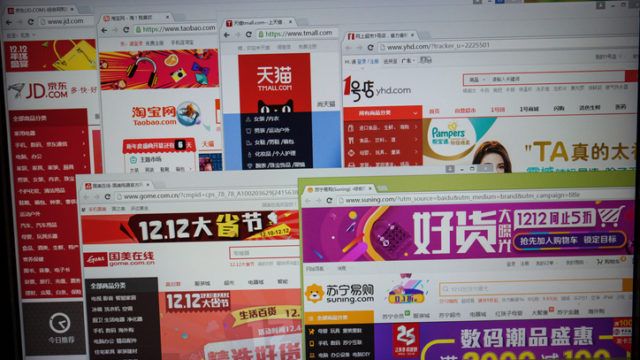Companies from Greater China that have two classes of shares with different voting rights and also companies with their secondary listings in Hong Kong will be included in the HSI, according to a statement by the index provider on Monday.
The decision followed consultation between Hang Seng Indexes and 58 market participants during the first quarter of this year, with 91% of respondents supporting the changes. Participants in the discussions included 23 passive asset managers, of whom nine are based in Hong Kong and the rest in mainland China and Taiwan, according to the consultation report.
Alibaba, Meituan Dianping, and Xiaomi are the only companies with dual-share classes listed on the Hong Kong Stock Exchange (SEHK). These “weighted voting right” (WVR) companies have one share class that allows the founders and executives of the company to have more — or unequal — voting power than the other share class which is issued to the public.
However, they will be subject to a 5% weighting cap in the index, due to concerns about governance expressed in the consultation.
“There is a diverse range of market views over the index eligibility of WVRs. As these entities are usually large technology-related mainland companies with global business interests, it seems inappropriate to exclude these large-cap companies from key benchmark indexes,” said HSI.
“On the other hand, opponents have raised concerns about the unequal voting rights structure of WVRs, which might disadvantage general shareholders given the superior voting rights of certain ‘minority’ shareholders,” it added.
Xiamoi, a leading China phone manufacturer was the first to gain a Hong Kong primary listing in July 2018, followed by internet food delivery firm Meituan Dianping in September 2018. Alibaba obtained a secondary listing on SEHK on November 2019, having first listed in New York in 2014.
The three firms will also be eligible to join the Hang Seng China Enterprises Index.
Collectively, the three companies represent 15% of the total market capitalisation of Hong Kong-listed companies, according to the SEHK website, and are typically among the most traded stocks on the exchange by value each month.
“Geographically, the market has shifted from being locally focused to having a more diverse exposure, with over half of the market, in terms of capitalisation, now attributable to mainland China enterprises,” said HSI in its consultation paper in January.
Yet, financial companies, such as HSBC, currently comprise 48% of the weighting of the HSI, which has 50 constituents.
The index has significantly underperformed other indices, including the S&P 500, MSCI China and MSCI ACWI, whose returns have been boosted by the popularity of large cap technology shares.
But, the latest change to the index composition should lead to a reduction in the prominence of financial and other “old economy” stocks and to a re-balancing of ETFs and other passive products linked to the HSI.
There are currently 18 exchange-listed products tracking the HSI with listings representing about $20bn in AUM, according to FE Fundinfo data. In addition, HSI estimates that the amount of Mandatory Provident Fund assets in Hong Kong tracking the HSI is about $8bn.
Three leading ETF providers Blackrock, State Street and Vanguard, all declined to comment about the likely impact of the changes, although Morgan Stanley estimates that HSI’s decision could drive passive fund flows of $3.7bn into Alibaba, Meituan Dianping and Xiaomi shares.
Meanwhile, internet company Baidu and online commerce firm JD.Com are planning secondary listings in Hong Kong, according to a Reuters report earlier this year, and so could later become eligible for inclusion in the HSI.
Hang Seng Index composition

Source: Hang Seng Indexes, April 2020
Comparative performance of Hang Seng Indexes















